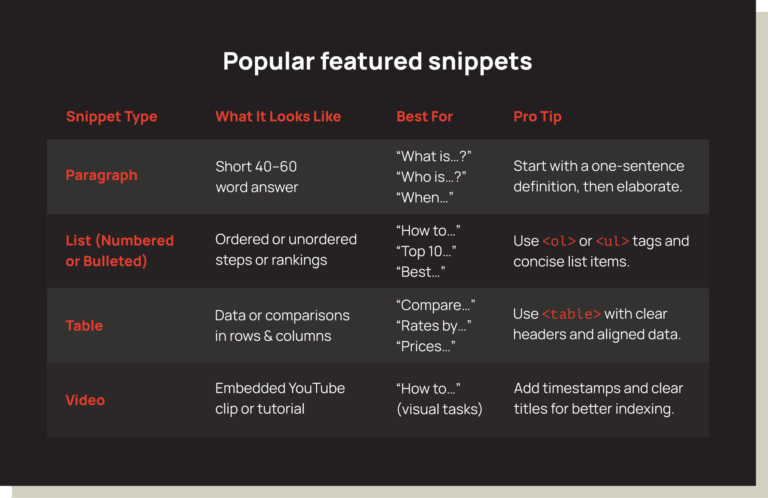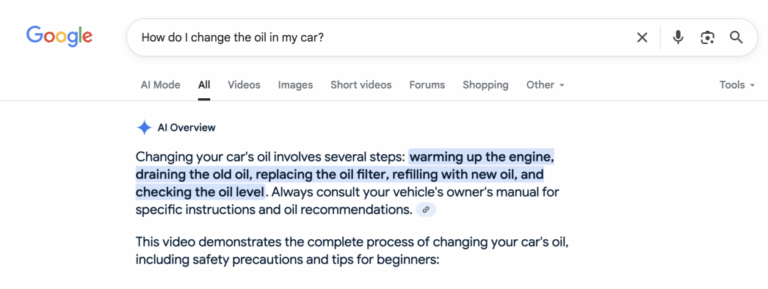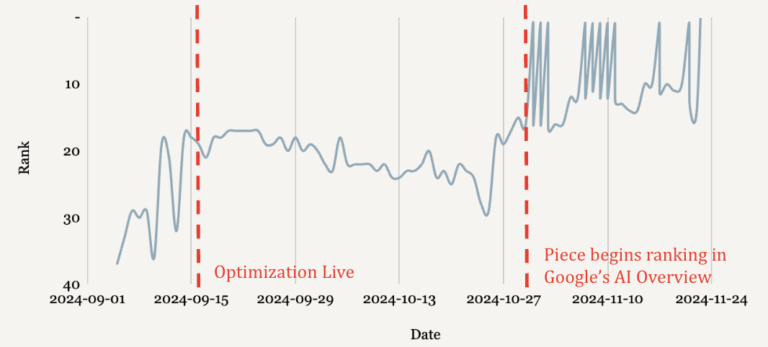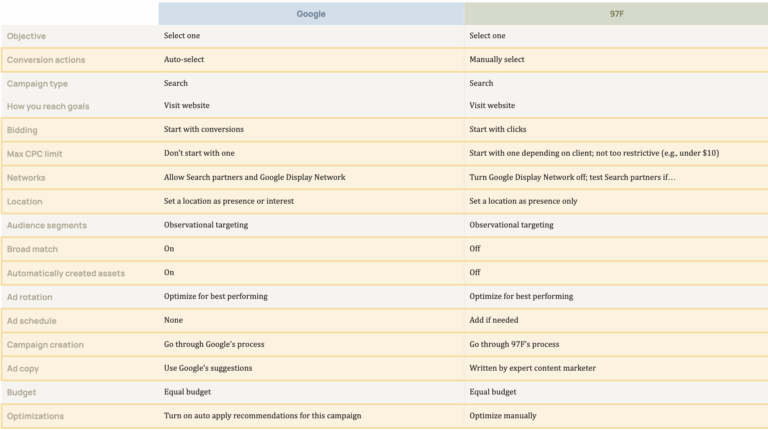Why Choose 97th Floor?
Many content marketing services focus on volume. We focus on results. At 97th Floor, we build marketing strategies that prioritize the full buyer journey. Our team works with yours to create content that attracts the right audience, moves them through the funnel, and converts them into loyal customers. We don’t produce fluff. Every piece of content is tied to a business goal and backed by careful research.
We’ve helped brands like Discover and McKinsey grow their visibility and revenue with tailored content strategies. From top-of-funnel awareness campaigns to high-converting landing pages, our content marketing services are tailored to build your bottom line.
We’ve helped brands like Discover and McKinsey grow their visibility and revenue with tailored content strategies. From top-of-funnel awareness campaigns to high-converting landing pages, our content marketing services are tailored to build your bottom line.
Content Marketing Built to Scale, Designed to Perform
Whether you need content marketing services for a full website revamp, a long-term content engine, or support on a single campaign, we custom build strategies to fit. Our team adapts to your industry, your audience, and your goals. We integrate with your team to deliver content that feels in-house and performs on a world-class level.
Our Approach: Great Marketing
At 97th Floor, three foundational principles inform the way we do what we call Great Marketing: empathy, innovation, and profitability. These principles are deeply ingrained in our content marketing services.
Empathy: Optimizing for human interaction is necessary for brands that want to stand out to their audience. Without customer empathy, marketers find themselves running in circles around their goals. That's why we conduct thorough customer research to understand your audience's needs, challenges, and where your brand fits in their journey.
Innovation: 97th Floor maintains a culture of innovation with every new client and challenge. Our agile approach to digital content marketing is dynamic and forward-thinking. We constantly experiment and take calculated risks to achieve unprecedented results.
Profitability: At the end of the day, marketing answers to profit. Our digital content marketing services aim for high ROIs at reduced costs. To make this happen, we aim our focus toward organic revenue growth, not just the numbers, ensuring that every marketing effort contributes to your bottom line.
Empathy: Optimizing for human interaction is necessary for brands that want to stand out to their audience. Without customer empathy, marketers find themselves running in circles around their goals. That's why we conduct thorough customer research to understand your audience's needs, challenges, and where your brand fits in their journey.
Innovation: 97th Floor maintains a culture of innovation with every new client and challenge. Our agile approach to digital content marketing is dynamic and forward-thinking. We constantly experiment and take calculated risks to achieve unprecedented results.
Profitability: At the end of the day, marketing answers to profit. Our digital content marketing services aim for high ROIs at reduced costs. To make this happen, we aim our focus toward organic revenue growth, not just the numbers, ensuring that every marketing effort contributes to your bottom line.














































